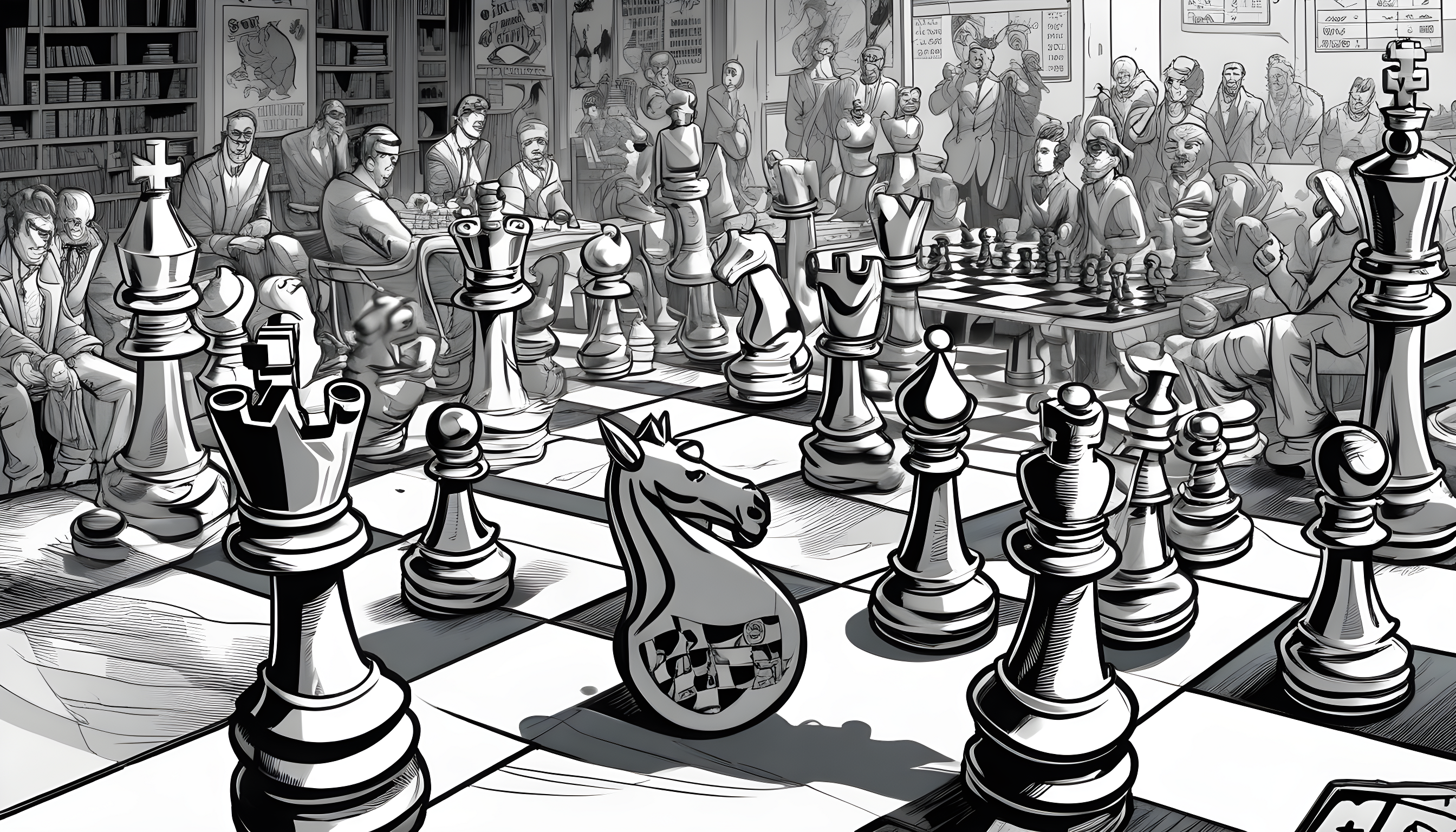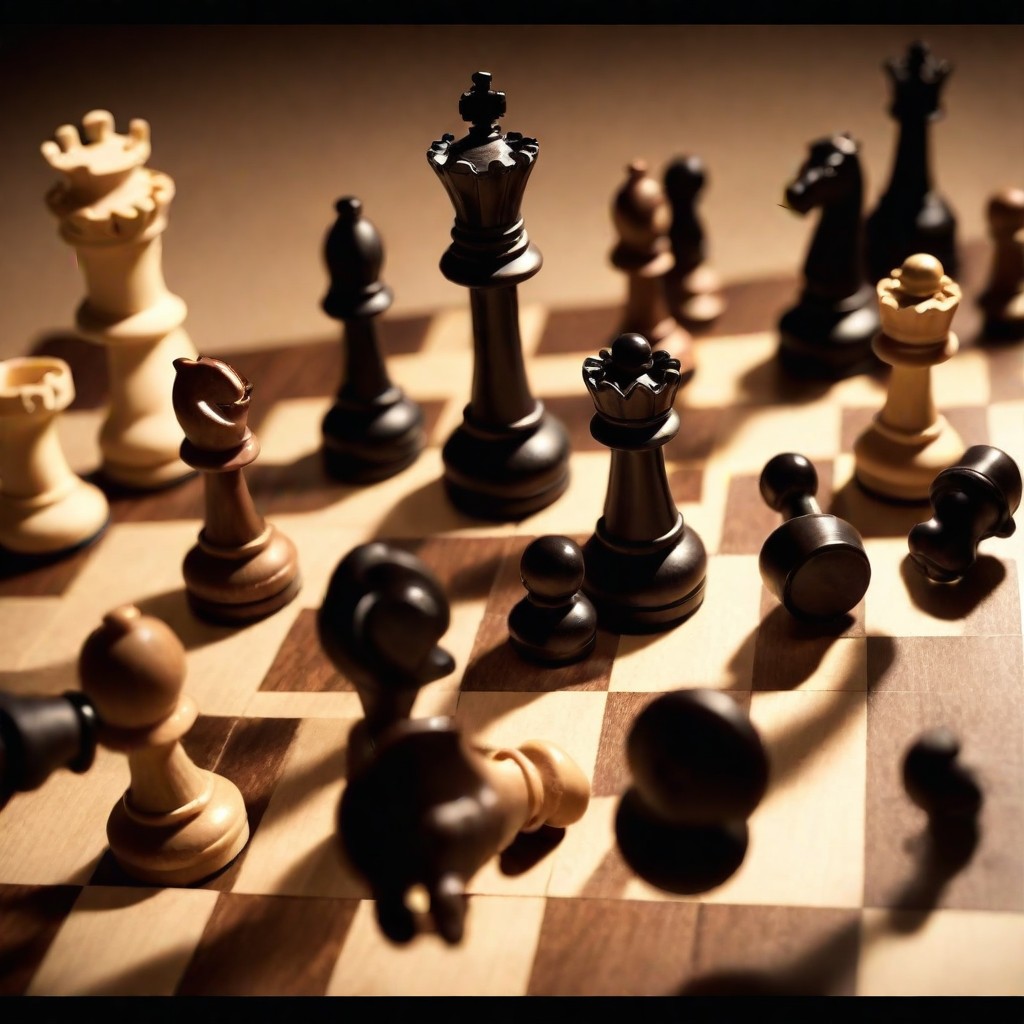At its lowest level chess is nothing but Natural Selection, survival of the fittest. At a higher level, though, it is a game of rules and guidelines that help us to not think, pawn-pushing slap-knee reactions in a predetermined pattern.
Chess Life is the official magazine of the United States Chess Federation, published monthly since 1946 in newspaper format. The magazine covers news and events while furthering the mission of US Chess.
Level One
At this lowest level, you play chess for pure physical conquest. At a tournament, you see your opponent tip over his king in resignation and watch the final tournament scores posted. You pound the squares, compete, survive and grow – and, if you’re lucky, win!
Chess improvement teaches you to understand your unhealthy autopilots and belief systems. It takes consistent effort to change them – and it doesn’t happen easily or instantly. But the good news is that once you start making those changes, they become anchored in your system.
Then the real work begins. You must find the right balance of planning and non-planning, of thinking and not-thinking. You must embrace the pattern but give free sway to the mutations, so that your plans are not merely blind obedience to a script.
The real work at this level includes not only analyzing your games and evaluating your opponents’ performances, but also identifying the threads that connect a set of isolated pieces into an evolutionary tapestry. This is what makes chess so beautiful – and challenging.
Level Two
At this level, you have developed a keen sense of the patterns of the game. You have moved out of the desire stage (the ego satisfaction that comes with winning), and you want to see beauty on the board, to make good moves and achieve victory in the most intellectual way possible.
You also begin to understand that, like life, chess isn’t fair. Even the best players lose sometimes, and it’s important to learn from your mistakes, to not get discouraged by bad luck and just keep on playing.
It’s also important to set goals for yourself, both in chess and in life. This gives you something to work toward, and when you meet that goal, you have something to celebrate. Whether it’s getting a new rating, trying to checkmate within a certain amount of moves or just trying a new tactic, the goal will give you something to focus on and help you improve your game.
That’s one of the reasons why Chess in Education is such a great program, as it encourages students to make goals for themselves, and gives them the tools they need to reach those goals. Learning chess can also lead to improved concentration, attention and memory, all of which are beneficial in the classroom. Educators have found that students who participate in CIE are more engaged and willing to take risks in the classroom, and have higher levels of autonomy in their learning.
Level Three
Chess is a game of many possibilities and alternate solutions. When one strategy fails, you can try another to reach your goal of winning the game. This is also true in life; if your plan for success doesn’t work out, keep trying!
A good chess player knows the importance of planning each move carefully. This helps him to minimize the chances of making a mistake that could cost him the game. Similarly, a successful person plans each step in his life carefully and minimizes the chances of stepping into trouble.
Learning chess also teaches kids how to deal with defeat constructively. Whether they flunk a test or lose a competition at school, kids who learn to play chess are better equipped to manage setbacks. They’ll know that their failures don’t define them, and they can bounce back no matter what happens.
While the chess media landscape has evolved in the age of YouTube and Stockfish, magazines like Chess Life remain valuable. They distill and memorialize the ephemeral, providing context and perspective that is hard to find on the Internet. Plus, they provide a wealth of insightful chess analysis by top writers. The April 2023 issue, for example, features Svetovar Gligoric analyzing the Karpov-Uhlmann “a-file” game from Nice 1974, Paul Keres annotating games from Las Palmas 1974, and more!
Level Four
Despite the apparent similarity between chess and life, it’s important to remember that a game of chess isn’t a representation of reality. For example, there are things like adversity that don’t necessarily exist in the game of chess and that can affect one’s life.
On the other hand, a game of chess does teach life skills such as assuming that you will make mistakes and learning from them. Also, a game of chess teaches the importance of making calculated sacrifices in order to achieve a goal, such as taking a piece off the board to gain an advantage. Life often demands such sacrifices, whether it’s letting go of old habits or relationships or giving up our comfort zones for personal growth.
Chess Life is a good magazine but doesn’t stand up to Mat or Panorama Szachowa as far as quality. It does, however, have some useful book and movie reviews as well as tournament life. It’s still worth picking up if you don’t want to invest in another subscription to a more serious chess mag.




